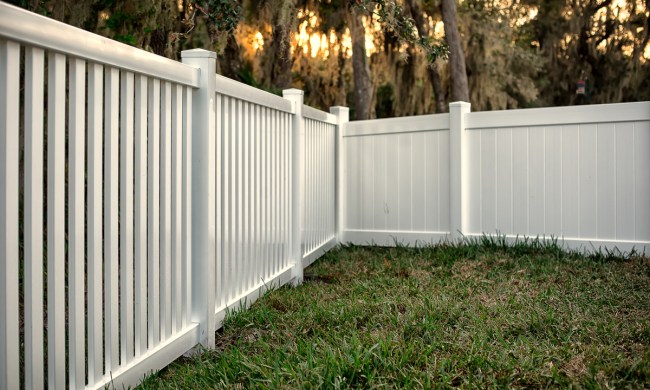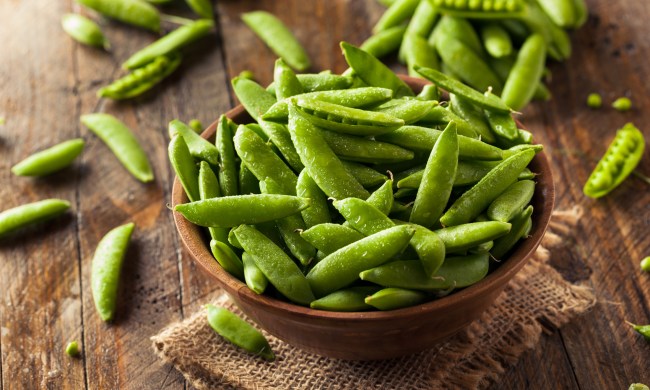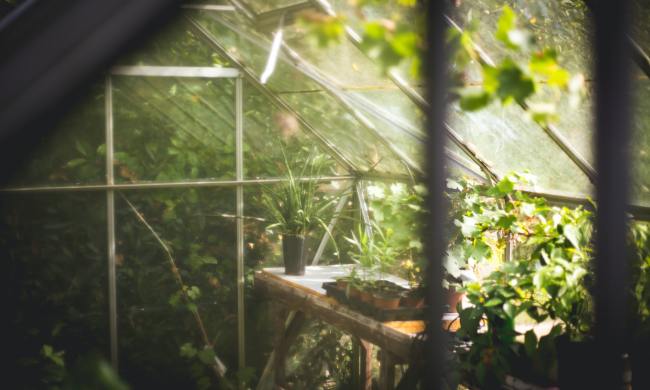In a horticultural context, the term “light deprivation” may be a little daunting to the uninitiated. After all, isn’t light supposed to be essential for healthy plants? But more gardeners than ever are swearing by this approach. It’s a well-established fact that light deprivation can help greenhouses become more productive across all four seasons, including winter; when growing slows down or comes to a halt.
So what is a light deprivation (or “light dep”) greenhouse, and how does it work? Here are all the details for understanding this fresh approach to greenhouse gardening and determining whether it’s right for you.
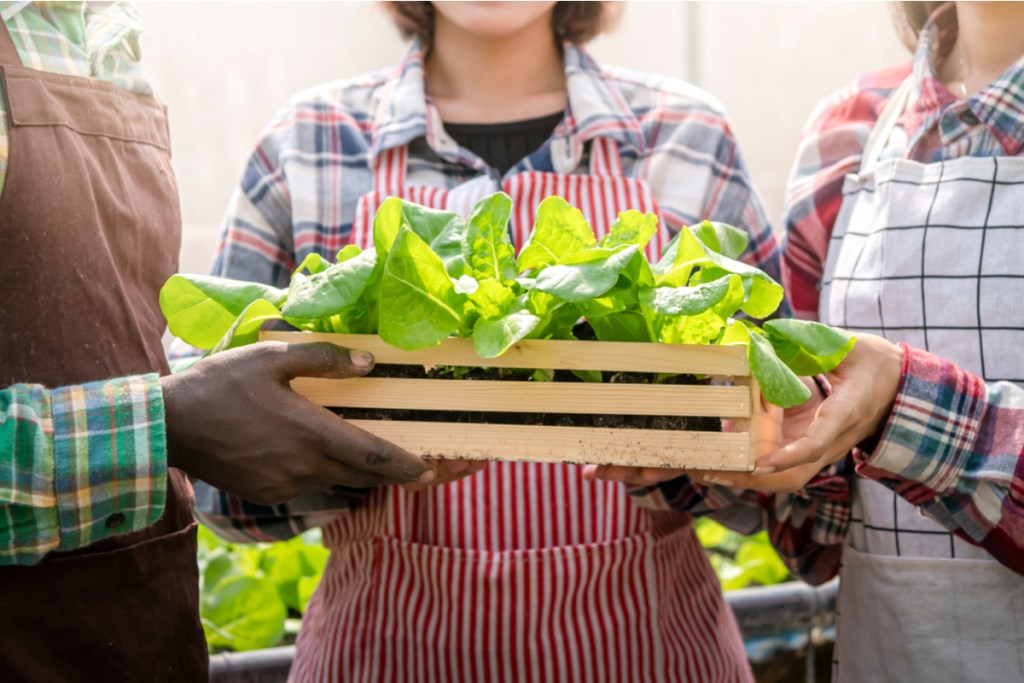
How does a light deprivation greenhouse work?
The light deprivation method is designed to manipulate the amount of light that comes into a greenhouse and when with the end goal of controlling the time it takes for plants to reach maturity and flower. This, in turn, creates more harvests, as a large number of plant varieties won’t produce fruit or flowers until the number of sunlight hours in a given day has dipped below a certain point, hence the need to cover the greenhouse in extra darkness.
To accomplish this, a greenhouse that’s set up for light deprivation artificially controls the influx of light. This is done by blocking sunlight, usually with some kind of cover or shade system. This can be as simple as a plastic tarp or as complex as a fully automated timing system.
The specifics of operating a light dep greenhouse can vary based on what you’re growing and other factors, but in general, each setup should aim to create about 12 hours of uninterrupted darkness. Many growers handle this by covering or shading their greenhouse at 7 p.m. and uncovering it at 7 a.m. This could mean adding and removing your blackout tarp, or simply adjusting your system until it reaches the perfect balance.
The ultimate key is that simple shades won’t do the trick; it needs to be total darkness. That requires special equipment and special setups.
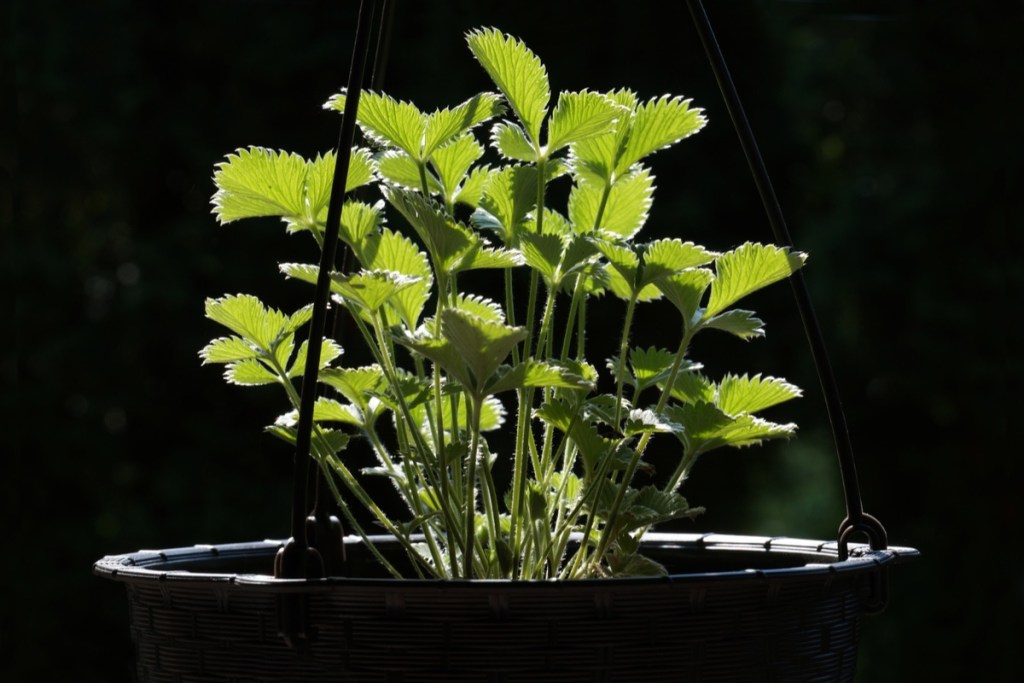
What does a light deprivation greenhouse cost?
There are light deprivation options for every budget. Here’s a cross-section of the possibilities:
- Greenhouse plastic film: For about $100, you can get enough of this sheeting to cover your greenhouse and provide the darkening effect needed for that light-deprivation magic.
- Hoop houses: these small greenhouses are easily converted into light deprivation mode, and range in cost based on size and quality, from around $200 up to several thousand dollars.
- Exhaust fans: particularly important for larger greenhouses, exhaust fans help keep air moving to reduce the buildup of mold and excessive heat, both of which are common side effects of the light deprivation approach. Costs range from $20 for a standard box fan to more than $1,000 for larger, most specialized models.
- Greenhouse kits: Sturdier and typically larger than a hoop house, standard greenhouse kits generally run anywhere from $1,500 to $7,000. Many are designed for light deprivation and come standard with features like built-in exhaust systems.
- Built greenhouses: These are the most solid and well-engineered of the bunch, but you’re going to pay for that quality. Costs on these vary widely, and you’ll need to find and contact a contractor in your area for a quote, but price tags can easily run into five figures.
Your preference depends on your goals, your budget, and your level of motivation. By and large, though, there isn’t a high threshold for converting your existing greenhouse to blackout mode or purchasing all you need to set one up from scratch.
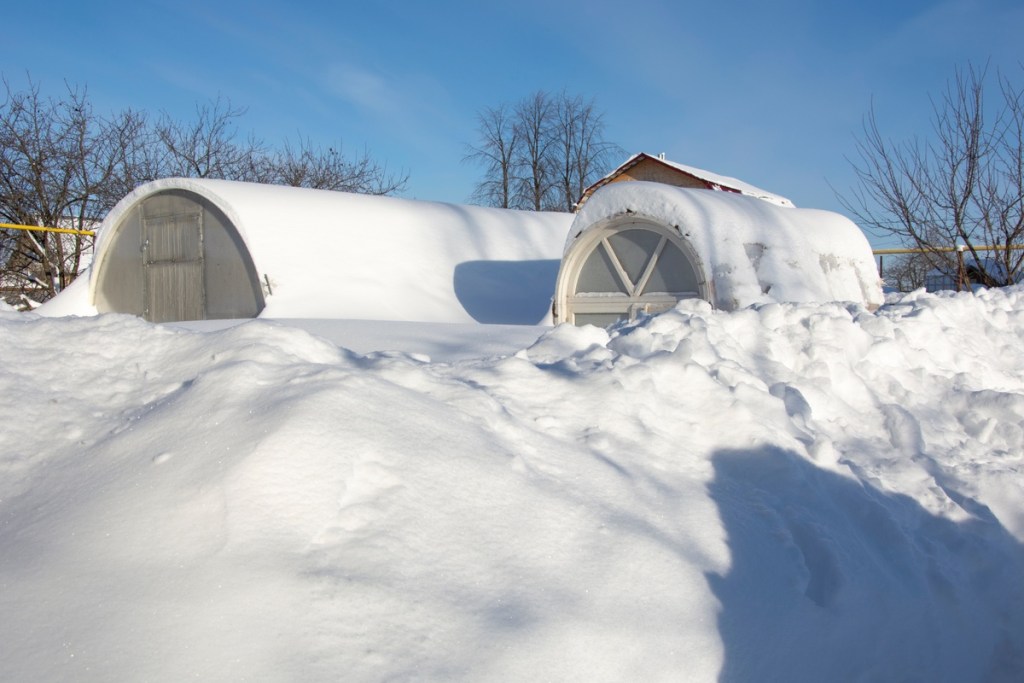
Why is winter a good time for a light deprivation greenhouse?
The truth is that light deprivation greenhouses are useful all year round — whenever you want your plants to flower ahead of schedule. So even if you purchased the system with winter in mind, it would transfer pretty seamlessly to other seasons as well.
That said, there are a couple of advantages that a light deprivation setup can provide in colder weather.
- Keep it growing: With proper covering and ventilation, your plants and flowers can continue to thrive in a light deprivation greenhouse, even during inhospitable weather. A good light deprivation setup helps eliminate condensation buildup, which can occur in the winter and is the sworn enemy of healthy plants everywhere.
- Keep warm: In colder weather, the shading, or “blackout,” materials trap warmth inside the greenhouse, providing extra heat when plants need it most.
In a nutshell, light deprivation greenhouses increase your crop yields throughout all four seasons, including winter, when most gardeners choose not to grow crops at all. If you’re motivated to continue producing fruit or flowers without an off-season in your growing schedule, a light deprivation greenhouse may be for you.

